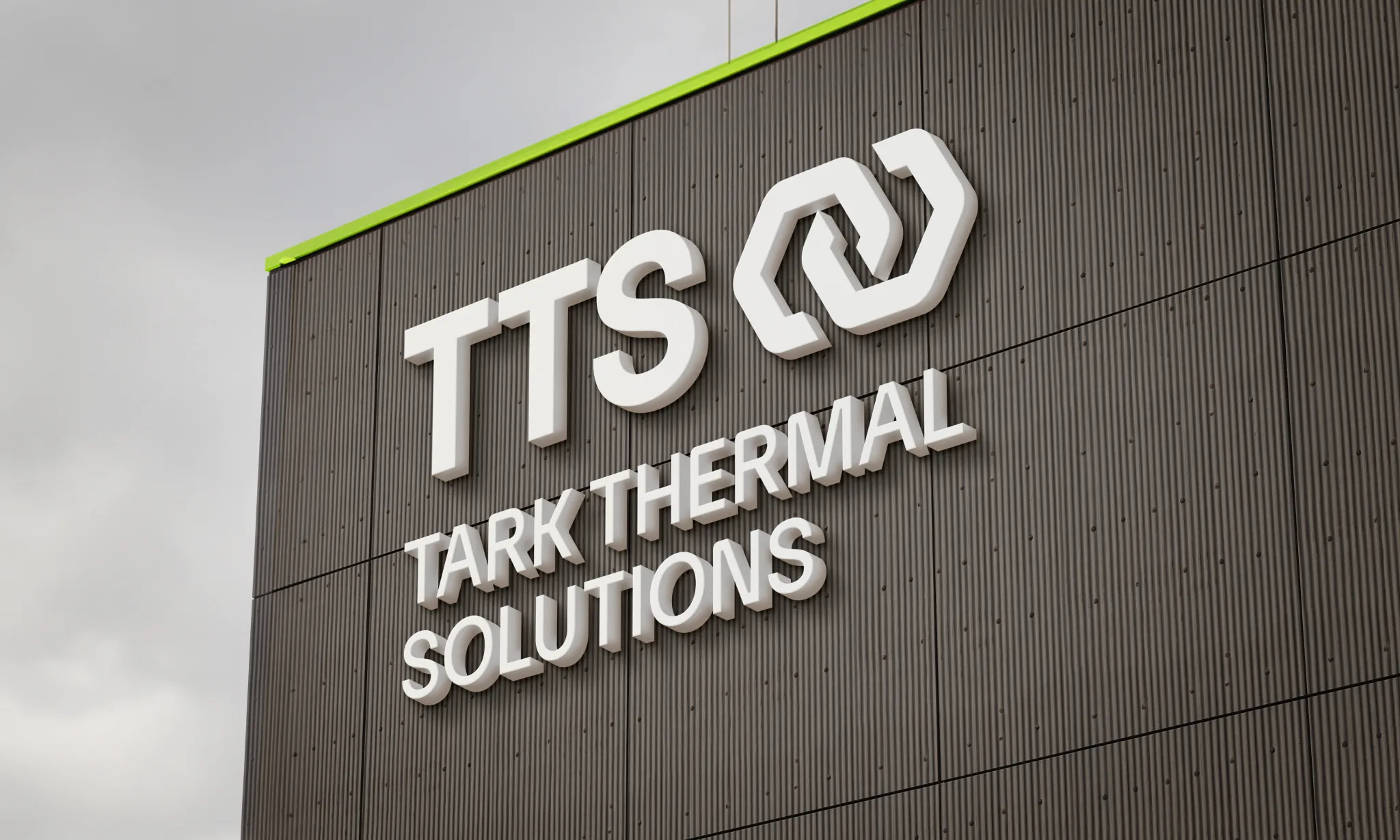Tark Thermal Solutions’ MBX Series Micro Thermoelectric Coolers Empower Next-Gen Pluggables for AI Data Centers
Rosenheim, Germany, September 29, 2025 Tark Thermal Solutions (formerly Laird Thermal Systems), the leading global manufacturer of thermal management solutions (formerly Laird Thermal Systems), introduces new custom options in the Series of
